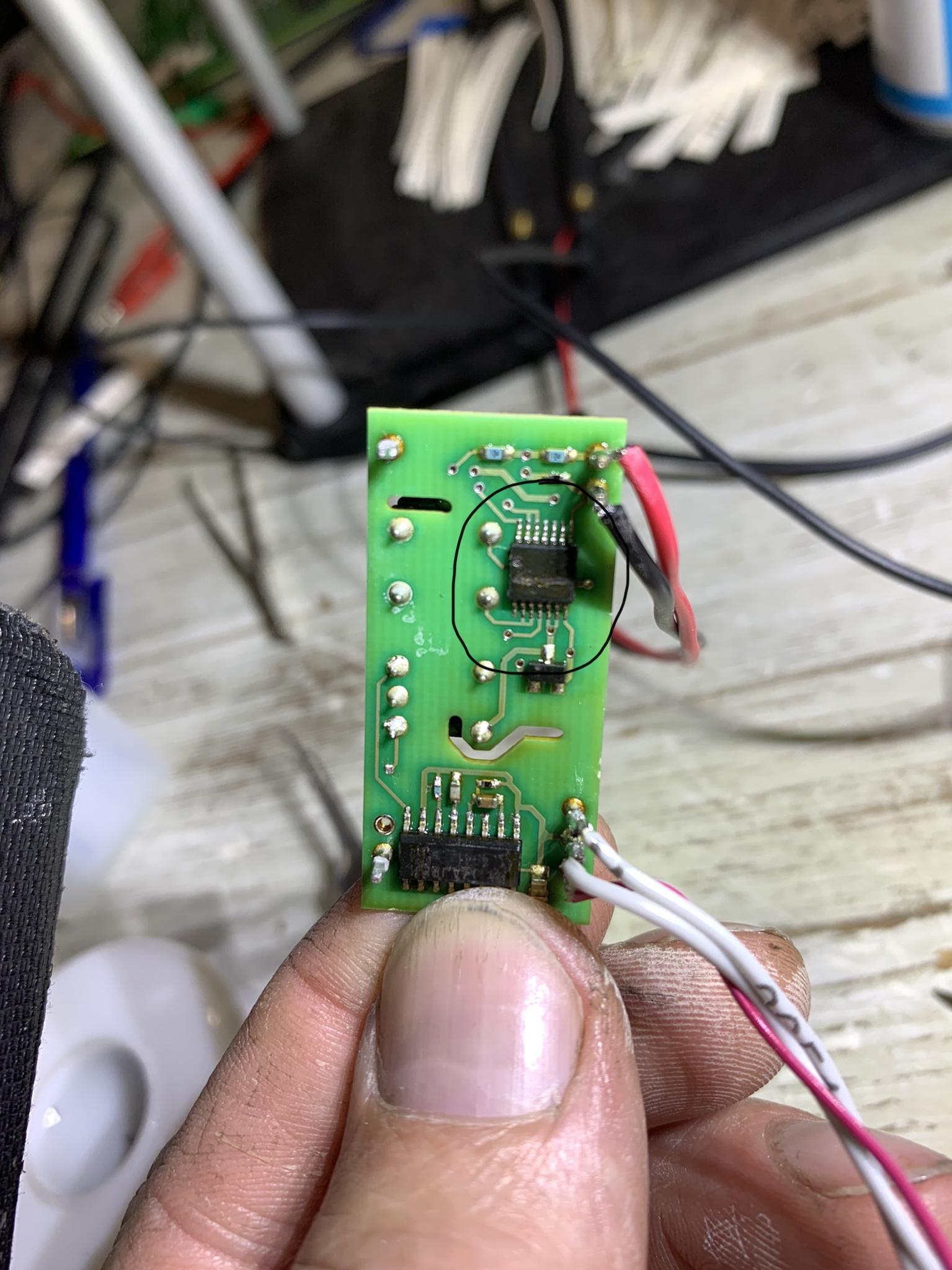boothegermanshepherd
Well-known member
Heating that corner of the board has caused the output to drop off to 3.83 volts again
The input 12v after the resistor has stayed constant to that part of the circuit is probably ok.
It must be time to take the hybrid board off and test so I can see the bottom of it, at least this is where the whole fault must be stemming from
The input 12v after the resistor has stayed constant to that part of the circuit is probably ok.
It must be time to take the hybrid board off and test so I can see the bottom of it, at least this is where the whole fault must be stemming from

